The University of St Thomas (UST) in Houston, Texas, on Wednesday last week launched a Mandarin Center in cooperation with Kaohsiung-based Wenzao Ursuline University of Languages, which would facilitate exchanges between Taiwanese and US teachers, as well as offer US students opportunities to study in Taiwan.
The center is the first of its kind in US, UST said.
The two schools have had sister-school ties for more than a decade and in September decided to establish the center, the Taipei Economic and Cultural Office in Houston said, adding that it had helped facilitate donations from US-based Taiwanese.
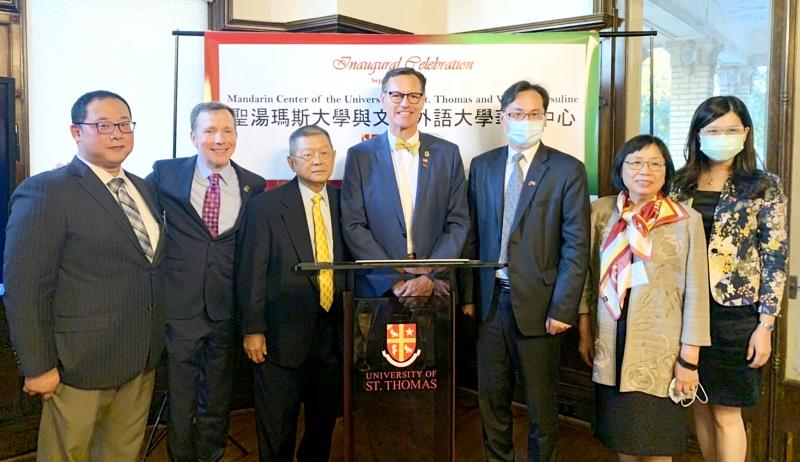
Photo courtesy of the Taipei Economic and Cultural Office in Houston
The center’s commencement ceremony was presided over by UST dean Richard Ludwick and UST global studies director Hans Stockton, who heads the center.
Economic office Director-General Robert Lo (羅復文), E&M Foundation founder Don Wang (王敦正), UST board member Rocky Lai (賴賢烈), and Texas Mandarin Teachers’ Association members represented Taiwan at the event.
Wenzao University president Margret Chen (陳美華) and other members of the Kaohsiung school were also present via teleconference, while a prerecorded message by Ministry of Education Department of International and Cross-strait Education Director Lee Yen-yi (李彥儀) was played at the event.
Stockton said that the center would offer courses that benefit experts as well as local residents.
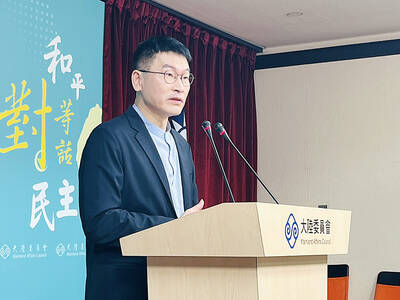
LOW RISK: Most nations do not extradite people accused of political crimes, and the UN says extradition can only happen if the act is a crime in both countries, an official said China yesterday issued wanted notices for two Taiwanese influencers, accusing them of committing “separatist acts” by criticizing Beijing, amid broadening concerns over China’s state-directed transnational repression. The Quanzhou Public Security Bureau in a notice posted online said police are offering a reward of up to 25,000 yuan (US$3,523) for information that could contribute to the investigation or apprehension of pro-Taiwanese independence YouTuber Wen Tzu-yu (溫子渝),who is known as Pa Chiung (八炯) online, and rapper Chen Po-yuan (陳柏源). Wen and Chen are suspected of spreading content that supported secession from China, slandered Chinese policies that benefit Taiwanese and discrimination against Chinese spouses of
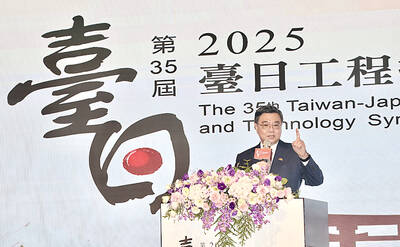
ALIGNED THINKING: Taiwan and Japan have a mutual interest in trade, culture and engineering, and can work together for stability, Cho Jung-tai said Taiwan and Japan are two like-minded countries willing to work together to form a “safety barrier” in the Indo-Pacific region, Premier Cho Jung-tai (卓榮泰) yesterday said at the opening ceremony of the 35th Taiwan-Japan Modern Engineering and Technology Symposium in Taipei. Taiwan and Japan are close geographically and closer emotionally, he added. Citing the overflowing of a barrier lake in the Mataian River (馬太鞍溪) in September, Cho said the submersible water level sensors given by Japan during the disaster helped Taiwan monitor the lake’s water levels more accurately. Japan also provided a lot of vaccines early in the outbreak of the COVID-19 pandemic,
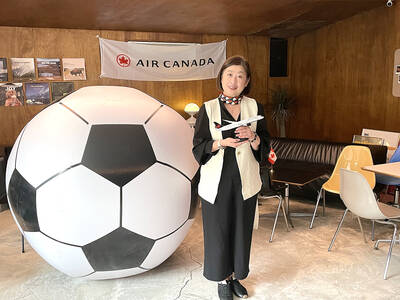
PROMOTION: Travelers who want a free stopover must book their flights with designated travel agents, such as Lion Travel, Holiday Tours, Cola Tour and Life Tours Air Canada yesterday said it is offering Taiwanese travelers who are headed to North America free stopovers if they transit though airports in Japan and South Korea. The promotion was launched in response to a potential rise in demand for flights to North America in June and July next year, when the US, Canada and Mexico are scheduled to jointly host the FIFA World Cup, Air Canada said. Air Canada offers services to 13 of the 16 host cities of the tournament’s soccer games, including Toronto and Vancouver; Mexico City, Guadalajara and Monterrey in Mexico; Atlanta, Georgia; Boston; Dallas; Houston;
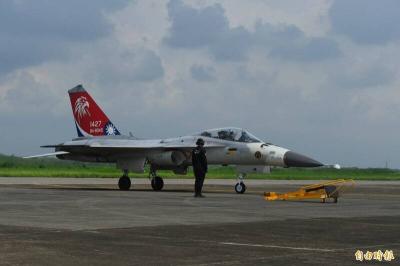
The US approved the possible sale to Taiwan of fighter jet spare and repair parts for US$330 million, the Pentagon said late yesterday, marking the first such potential transaction since US President Donald Trump took office in January. "The proposed sale will improve the recipient's capability to meet current and future threats by maintaining the operational readiness of the recipient's fleet of F-16, C-130," and other aircraft, the Pentagon said in a statement. Trump previously said that Chinese President Xi Jinping (習近平) has told him he would not invade Taiwan while the Republican leader is in office. The announcement of the possible arms